A stallion is an adult male horse older than four that can produce offspring. When you use it as a part of the breeding business, the common term for it is a stud. Once it becomes a father, you will name it a sire.
Stallions are known for their unbelievable speed and unpredictable behavior and temperament, so they are not easy to handle. Only people with a lot of experience can deal with these mature males and train them properly. Now, let’s see what is a stallion horse.
Stallion Horse
A stallion is an uncastrated mature male horse, also known as an entire horse. It follows its breed conformation and phenotype but has a thicker neck and more muscular body because of the high testosterone levels.
Their body and appearance follow their aggressive behavior. As you have already known, horses are herd animals, so each stallion will tend to show its dominance over other horses. That sometimes results in conflict between two males. Be sure that only skillful trainers can handle and ride these temperamental animals.
Stallion Horse Appearance
Stallions have different color combinations, although they are primarily black, brown, or white. These horses are naturally pretty fast, thanks to their long legs and high lung capacity. Its whole masculine body follows the instinct to run free and be wild.
Stallion Horse Behavior
A successful breeding program is a must-have if you want to have a happy and healthy stallion with a desire to work. An experienced breeder needs to be an expert in keeping their stallions happy, confident, and well-behaved.
Only experts and true horse lovers look at this process as an art and treat every horse individually. Stallions are very temperament and dominant in a herd, and they need good training to become friendly and calm around other horses.
Keeping stallions
Their behavior is affected by many things from their surroundings. Under controllable conditions and human supervision, stallions experience different treatments compared to their natural habitat.
They are usually separated from the rest of the herd to provide safety for them and other horses. Keeping a young stallion in the barn far from other horses can sometimes reduce its libido. A similar thing is with stallions that spend most of the time with other male horses.
They often have smaller testicles as the first sign of reduced libido, preventing conflicts. Keeping this horse near a mare will undoubtedly boost its breeding interest after a while.
Attitude towards the mare
Harem stallions are mature male horses with access to mares. However, some of them won’t show interest in females due to inappropriate handling methods.
That is almost always a result of punishing each time when they show sexual interest and activity during their career.
As a result, you will get an aggressive and rude animal. Luckily, housing around females will quickly encourage disinterested or reluctant stallions. Plus, an expert in stallion training and management can fix these things with ease.
Growling
Another significant thing to take care of is the growl-like sound that a stallion sometimes produces. For example, discomfort or pain will reflect in its improper behaving. In that case, it is necessary to check your horse.
After you make yourself sure that your horse is physically healthy, you should go further. The crucial thing is to find out what is wrong with your stallion’s behavior and why it is aggressive or disinterested.
Dominance
As mentioned before, horses are herd animals, and its natural trait is to establish a herd-style hierarchy. You have to show dominance towards your stallion if you want to be on the very top of the hierarchy.
A stallion that tries and achieves to show domination towards you can develop improper behavior and become very dangerous and hard to handle. You have to recognize its attempts to demonstrate dominance over you and find a perfect way to put it in its place.
Some of the first signals that your stallion tries to show dominance over you are aggressive behavior and ignoring your presence. For instance, it will keep walking after your command to stop. It will also try to step in front of you and dictate the route when walking next to you.
Biting, kicking, and pinning ears are also typical indicators of aggressive behavior when stallions show dominance in the herd and over you as a breeder.
Be aware that you need to keep it under control for your, other people, and horses’ safety. Even if your stallion is totally under your command, it will probably try to show dominance from time to time. Your goal is not to cause fear but to force it to respect you and your desires.
Stallion Horse Care
A solid healthcare program is necessary if you want your horse to live a long and happy life. The best way is to keep it in a pasture.
Horses that grow in that habitat are more likely to be healthier than horses from a barn. Another option is to keep your horses in a stable or dry lot without much vegetation.
The proper amount of high-quality food and supplements is crucial. Be aware that nutrition problems may cause colic and lameness, followed by reducing performances. The equally important thing for horses is clean water.
Your stallion will also need a regular medical examination since various diseases are easily spread between herd animals.
Deworming is crucial because internal parasites and worms usually cause much damage until it becomes too late for any reaction. The most problematic internal troublemakers are:
- Roundworms
- Small and large strongyles
- Tapeworms
- Butterfly larvae
Another thing is horse hooves. The phrase ‘No feet-no horse’ emphasizes the importance of healthy hooves. Taking proper care will reduce the possibility of lameness problems and help the horse perform at its best.
Stallion Horse Common Diseases
Every horse breed has its weak points, but particular diseases are standard for all of them. Some can be dangerous, while the other ones are costly to treat.
Equine influenza (flu)
This contagious disease is similar to a classic human flu, but the transmission from horse to human is impossible. It appears suddenly and leaves your horse in a weakened condition. Symptoms include nasal discharge, coughing, and fever.
Equine herpesvirus (EHV)
It is a severe infection characterized by a respiratory issue, abortions, or sometimes death in young horses. The most clinically significant types are EHV-4 and EHV-1.
Equine encephalomyelitis (sleeping sickness)
It is one of the diseases directly transmitted by mosquitoes. Unfortunately, it is usually fatal as it attacks brain cells and the central nervous system.
The ill horse can lose appetite, walk blindly, and fail to behave as usual. Even though you manage to discover this condition on time and cure your horse, it is usually impossible to pass through this without permanent damage.
Equine infectious anemia (EIA)
Unfortunately, this disease can be potentially fatal without adequate treatment and medicines. Viruses transmit with blood, making a horse infected. It won’t show any symptoms but will remain contagious for the rest of its life.
Strangles
It is a contagious disease caused by Streptococcus Equi and is most commonly seen in young horses. It is similar to human flu, followed by symptoms like nasal discharge, cough, loss of appetite, fever, and swallowing trouble. It usually transmits via nasal secretions, but vaccination can prevent this condition.
Equine rabies
Unfortunately, it is a fatal disease without any exceptions. Infected small animals like raccoons, foxes, rats, bats, and coyotes are the leading viruses transmitters by a bite.
Equine rabies is pretty common in the Northeast US and Texas. It is officially recorded that breeders reported more than 500 cases in one nine-year period in this country. To prevent your horse from getting this disease, you should vaccinate it.
Stallion Horse Riding
First, you need to know how to manage a horse, including commands it reacts to before riding. You should also follow safety procedures to protect both yourself and your horse.
Keep in mind that riding a stallion requires a lot of practice and experience. Professionals describe it as a chess match because you need to keep an eye on every single movement. This horse type enjoys choosing challenging routes and running at a high-speed gallop while feeling the adrenaline rush through its veins.
Plus, it can be highly aggressive with complicated behavior and temperament. Riding a big, muscular, and dominative stallion is always an exciting but unpredictable experience. However, it is necessary to be consistent and patient to get desired horse behavior and quality horse riding.
Stallion Horse Training
One of the biggest mistakes in breeding a stallion is to avoid spending enough time to train it. Many different training methods exist, but most breeders believe that heeding is one of the best ones.
Heeding is a training method when you seek respect in a horse’s logical way. The goal is a stallion that learns how to respect and listen to you. Remember, you should always command, and it needs to accomplish.
Basically, training a stallion is not much different than working with other horses, but it is always harder to manage. One more thing! The stallion’s attention is always on you like yours is on it. Therefore, you need to be careful.
Stallion Horse Racing
Horse racing is a very successful performance sports activity with lots of visitors. It typically involves two or more horses with their jockeys, but some of them may exclude riders over a set distance.
Races can vary in the breeds that can participate, the obstacles on the track, and the racetrack length. Many countries have developed their own set of rules, but the point is the same.
Since horses are impressively fast animals, they perform very well in the events like these. Different horse breeds perform great in various race types. For instance, American Quarters take first place for short races every time, but the long race title almost always belongs to Thoroughbreds.
Horse races took place only for entertainment and competing in the past, but things are different nowadays. The association with gambling and money often blur a pure sport spirit.
Ownership
Owning a stallion is like driving an exotic supercar. It is unpredictable, requires lots of time and dedication, but is exciting. This animal can be wild and aggressive, primarily due to improper care.
You can afford a stallion only if you have time to invest, experience, patience, will to work, and adequate facilities. Otherwise, it won’t go as you planned.
Always take care of your horse like you have a kid. It is necessary to make it happy, but also be strict when needed. The goal is to get an animal that is no aggressive and rude but well-behaved, calm, and friendly.
Keep in mind that stallions are not perfect horses for every breeder, and only professionals can handle them. They know how to treat a misbehaving horse and how to prize a well-behaving animal. Regardless of conflicting opinions, breeding a horse is not a job but more like a passionate lifestyle.
Stallion Horse Costs
Owning a horse is very expensive because they need many things. Be aware that it will eat a lot, need medicine, proper medical care, housing, appearance, and grooming equipment. However, the most expensive thing about horses can be the horse itself.
Some horse breeds are very rare and expensive, but people anyways look for them. One of them is Akhal-Teke, a horse breed from Turkmenistan.
Besides its high running speed, endurance, and strength, it is a gorgeous and super-intelligent animal. It is estimated that there are only 6,000 to 7,000 of these horses worldwide, so their price almost always goes over $30,000.
The worlds’ most expensive racehorse is Fusaichi Pegasus, a Thoroughbred Horse sold for an unbelievable $70,000,000. There was another famous high-priced horse. It was an Irish stallion Galileo with an estimated worth of more than 199 million dollars, but it was never on sale.
Summary
If you are prepared to work with a stallion and take proper care of its needs, such a horse will be a perfect choice. It seeks attention, hard work, and consistency but will make you a good friend. Spending time with this magnificent animal in its natural habitat is always exciting and challenging. Go for it!
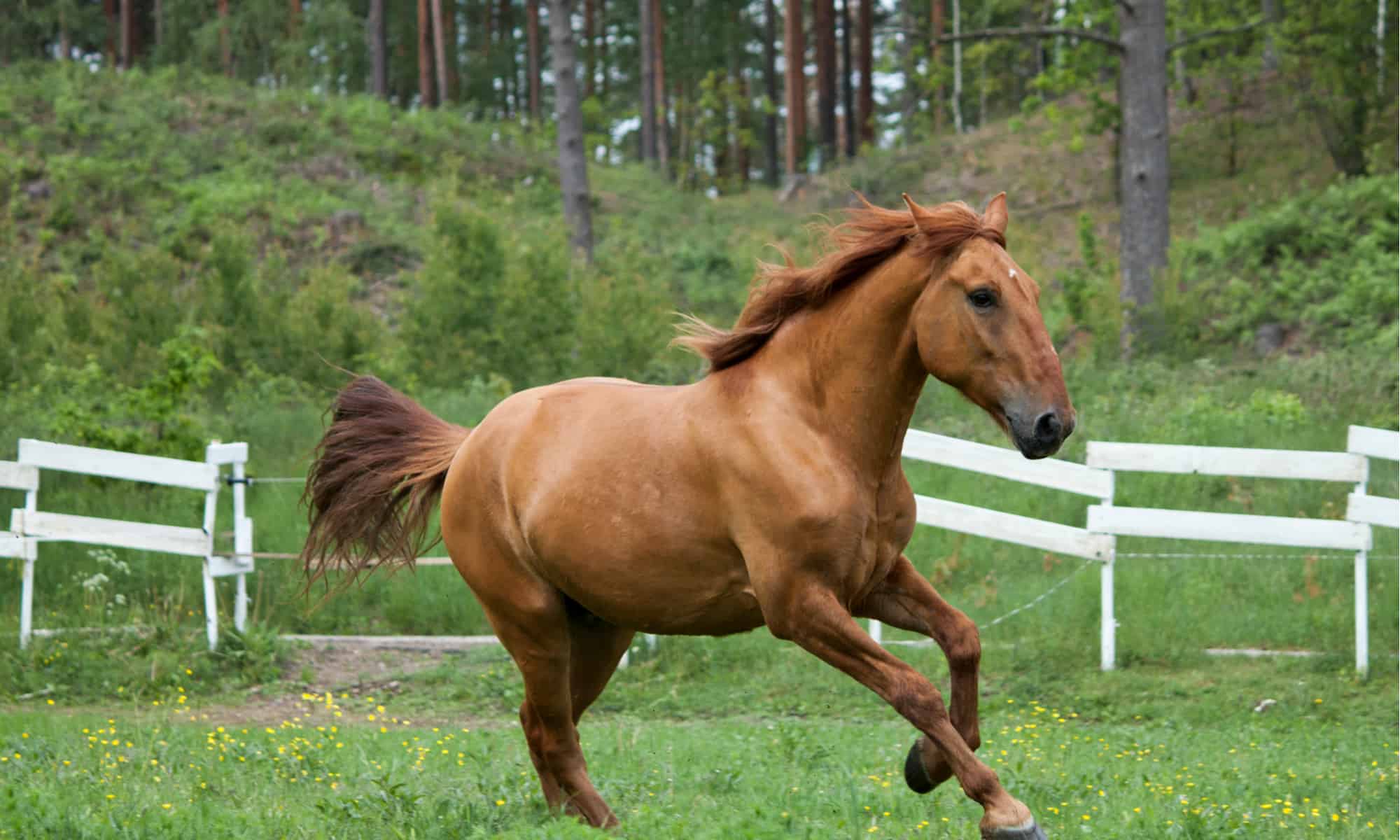
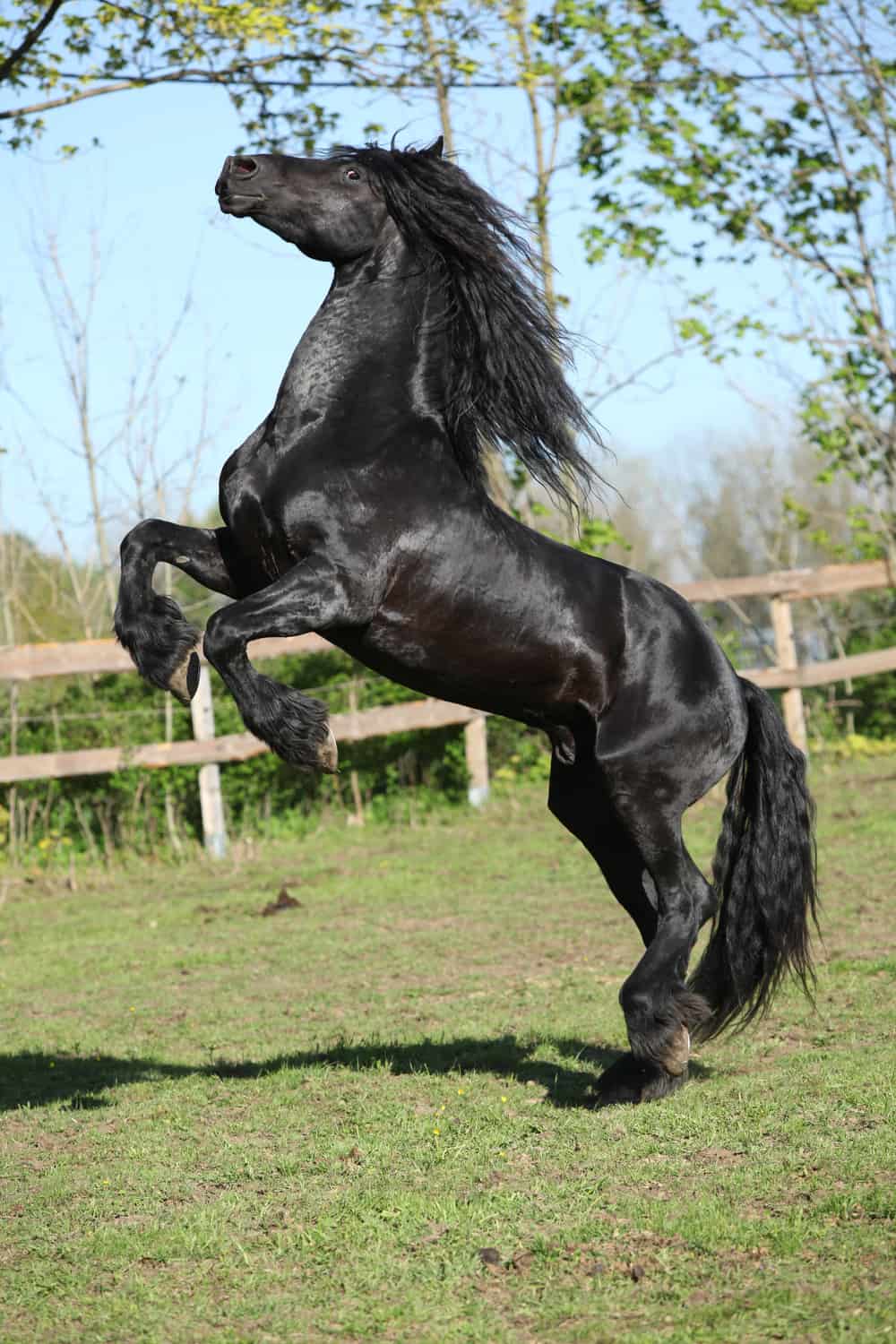
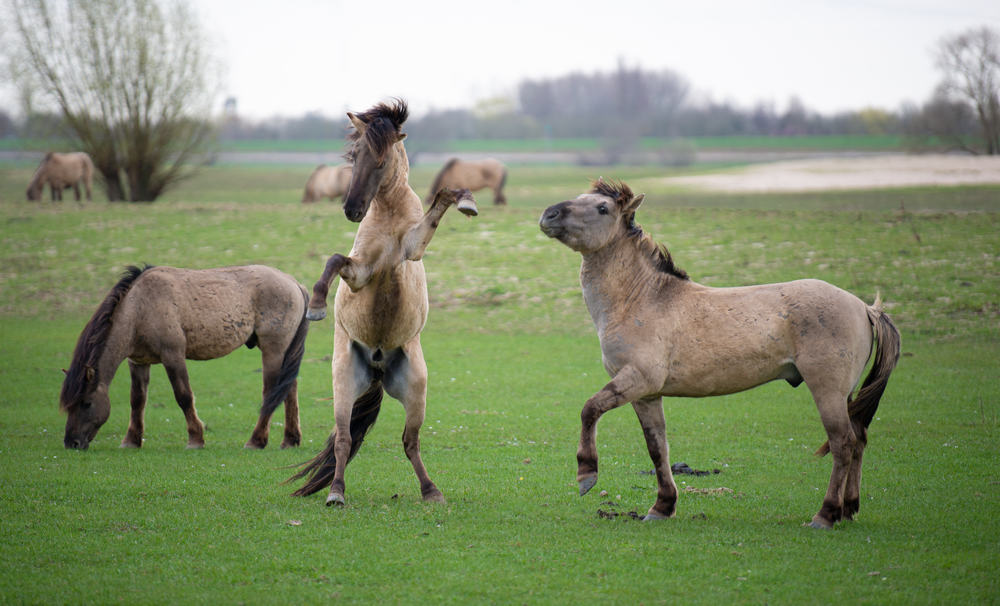
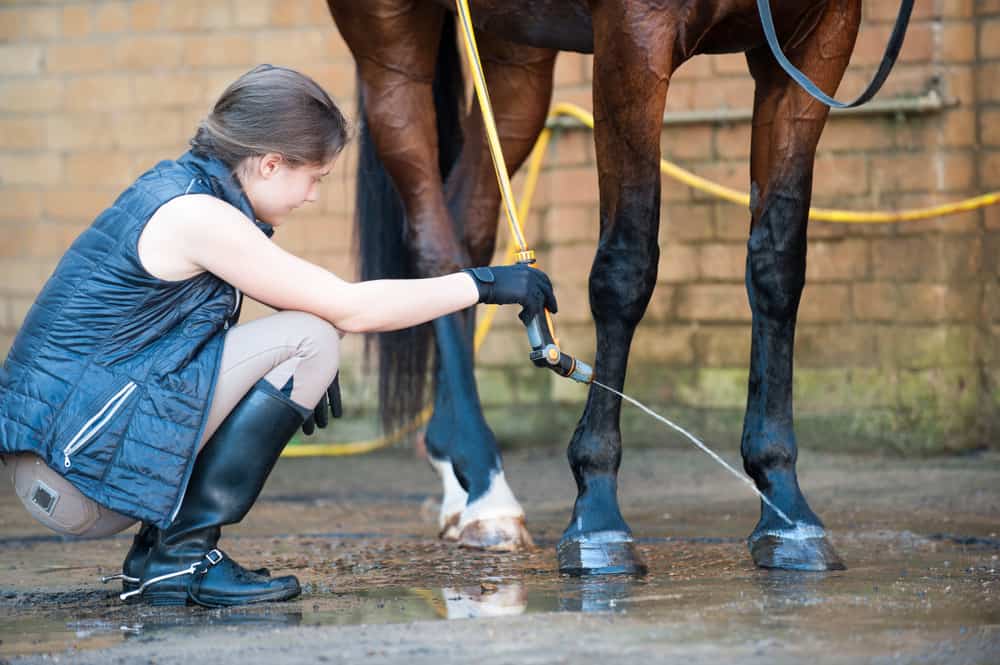
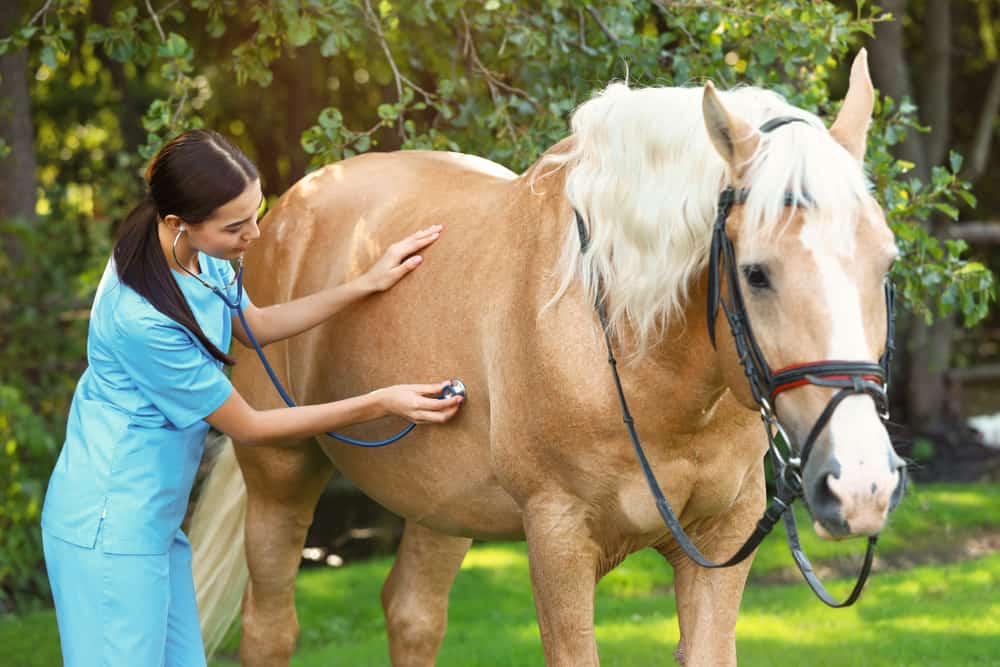
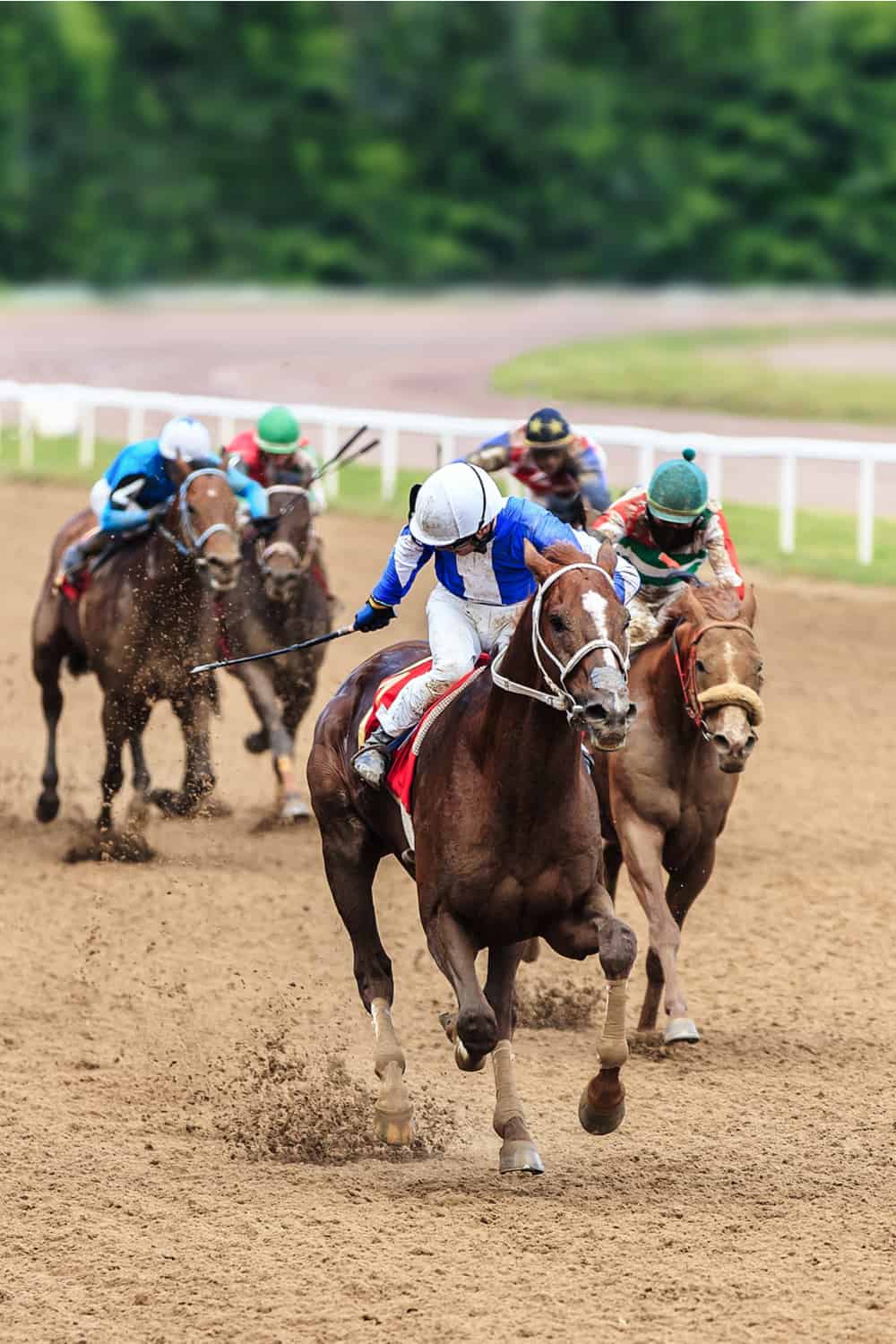








I feel that is one of the such a lot significant info for me. And i am happy studying your article. But wanna observation on some common issues, The web site taste is ideal, the articles is in reality great. Good process, cheers